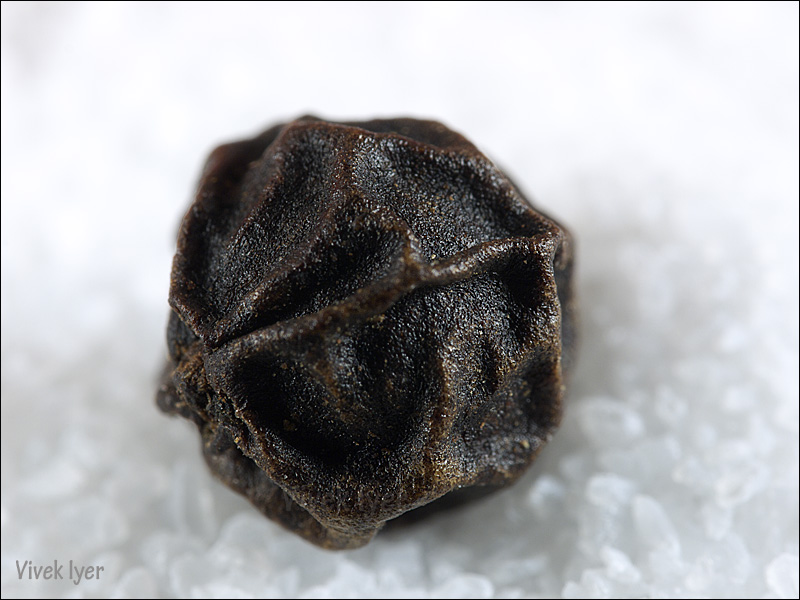Peter
I am getting a bit confused by the magnification issue. What is the meaning of at or above 1X Do you refer to the size of the image on the sensor of that particular camera? In that case the 1x would be different for cameras with different sensor sizes.
no, 1x would represent an increasingly smaller fraction of the image depending on sensor size. When I do 1:1 on my 4x5 inch sheet film it means that if I photograph a ruler that on the negative 1cm of the rulers markings will measure 1cm on the negative. If your sensor is only 1cm x 1cm its not a useful image I'll grant you.
confusion comes probably from the fact that any man and his dog calls closeup as macro and just looking at images people have often no idea what is happening.
Magnification is used distinctly from Enlargement where I take (say) a 36x24mm bit of film and make a larger print than a contact print ... common even if you're talking about "small prints"
With digital and often no concept of sensor size all of this becomes lost and people think that stuff like this:
is 1:1 ... when its just close focused ... the mother is about 2 or 3cm long
perhaps
this is useful reading too
The image below was taken with 4x5 sheet film using a 90mm lens and it was extended to something like 140mm making it not quite 1:1. But if we pretend that it was 1:1 and if you took a small 36x24mm segment of that image (which is dimensioned at about 101mm x 127mm) you will get an increasingly small section and "what appears to be" in closer.
It happens that 35mm film / lens systems (and 4/3) can often render more detail per square cm of film than 4x5 can so you can then "enlarge" that segment better. If I was using my G1 with the lens at 1:1 I would likely see only the stamen in the flower there.
With a smaller sensor you can take the same "view" with much less magnification (and therefore enlarge it more). If you are not after "photo-micrographs" of your subject (eg the pepper corn above) then 1:1 is most often required with larger film formats. Of course it is interesting to pursue investigations of the micro world ... and small formats help that
HTH







